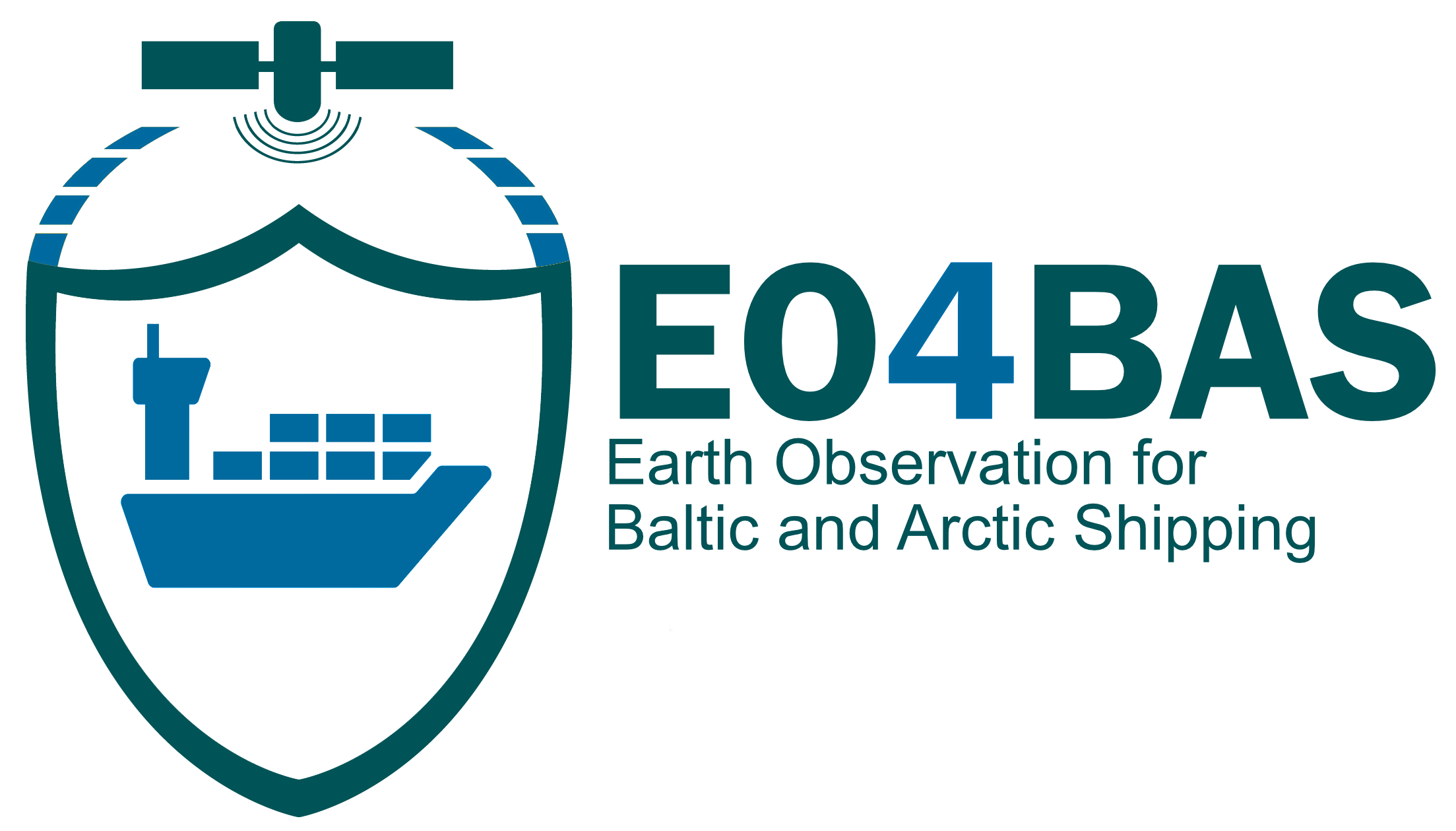Product Description
Current estimates of sea ice thickness and volume trends are affected by the variability of sea ice and snow densities (Kurtz & Markus, 2012). Snow detection over ice can be made by passive microwave sensors, as AMSR-E (Tonboe et al., 2011), CryoSat-2, and the Sentinel-3 altimeters (Nab et al., 2023). The scarcity of ‘in situ’ data for retrieval validation represents a limitation.
Snow on sea ice can be estimated by models. First estimates of the depth and density of snow on sea ice across the Arctic Ocean were made by daily runs of the low spatial resolution (100 km) NASA Eulerian Snow On Sea Ice Model (NESOSIM), that includes two (vertical) snow layers and several simple parameterizations (accumulation, wind packing, advection–divergence, blowing snow lost to leads) to represent key sources and sinks of snow on sea ice (Petty et al., 2018). Today, Copernicus Marine Service provides Sea ice thickness (SIT) and Surface snow thickness (SNOW) as outputs of two models, such a TOPAZ5 and neXtSIM:
The operational TOPAZ5 Arctic Ocean system uses the HYCOM model and a 100-member EnKF assimilation scheme. It is run daily to provide 10 days of forecast (average of 10 members) of the 3D physical ocean, including sea ice; data assimilation is performed weekly to provide 7 days of analysis (ensemble average). Output products are interpolated on a grid of 12.5 km resolution at the North Pole (equivalent to 1/8 deg at mid-latitudes) on a polar stereographic projection.
The Arctic Sea Ice Analysis and Forecast system uses the neXtSIM stand-alone sea ice model running the Brittle-Bingham-Maxwell sea ice rheology on an adaptive triangular mesh of 10 km average cell length. The model domain covers the whole Arctic domain, including the Canadian Archipelago, the Baffin and Hudson Bays. neXtSIM is forced with surface atmosphere forcing from the European Centre for Medium-Range Weather Forecasts (ECMWF) and ocean forcing from TOPAZ5, the ARC MFC PHY NRT system (002_001a). neXtSIM runs daily, assimilating OSI-SAF sea ice concentrations (both SSMI and AMSR2) from the SI TAC combined with manual ice charts and providing 7-day forecasts. The output variables are the ice concentrations, ice thickness, ice drift velocity, snow depths, sea ice type, ridge area fraction and albedo, provided at hourly frequency. The adaptive Lagrangian mesh is interpolated for convenience on a 3 km resolution regular grid in a Polar Stereographic projection.
Product Specifications
BUSINESS PROCESS | IN, SO |
DESCRIPTION | Snow thickness refers to the depth or height of a layer of snow covering an ice sheet |
EO INFORMATION OF INTEREST | Sea ice thickness (SIT) and Surface snow thickness (SNOW) |
MAIN PROCESS STEPS | Assimilation of OSI-SAF sea ice concentrations (both SSMI and AMSR2) combined with manual ice charts |
INPUT DATA SOURCE | Assimilation of Sea Ice Concentration and/or Thickness |
SPATIAL RESOLUTION AND COVERAGE | 3 × 3 km/12x12km, Arctic Ocean from Lat 52.6° to 90°; Lon -180° to 179.96° |
ACCURACY / CONSTRAINS | Not specified |
LIMITATIONS | Not specified. The interpretation of data can indeed be challenging, especially when handled by personnel without extensive experience in the field. |
TEMPORAL RESOLUTION | Daily, 1-week forecasts. Products available from 1 Aug 2019 to 1 Sep 2023 |
FREQUENCY UPDATE | Daily |
DELIVERY / OUTPUT FORMAT | NetCDF-4 |
ACCESSIBILITY | Copernicus marine service |


This page has no comments.